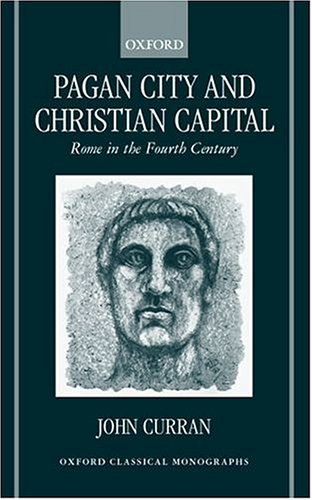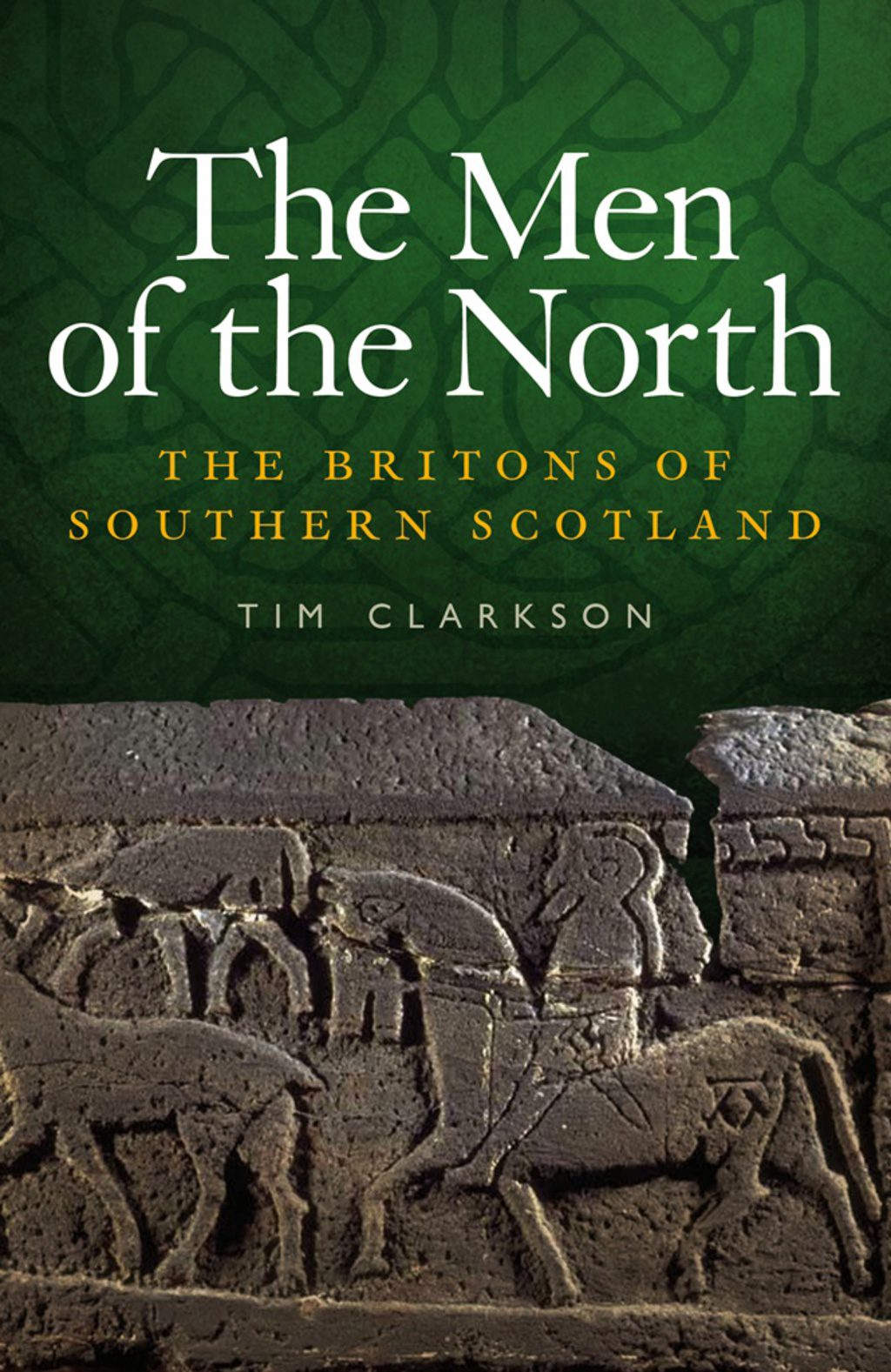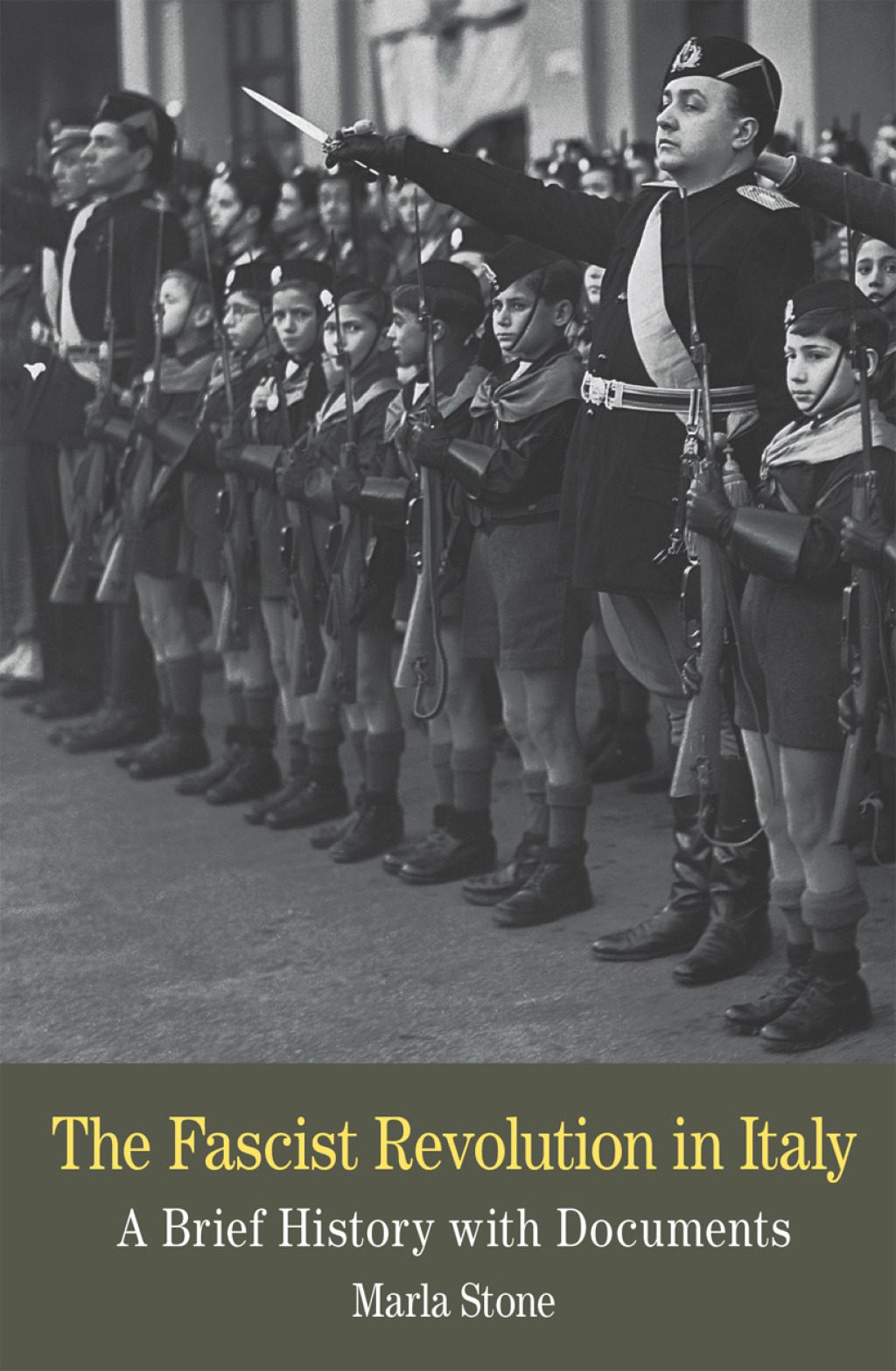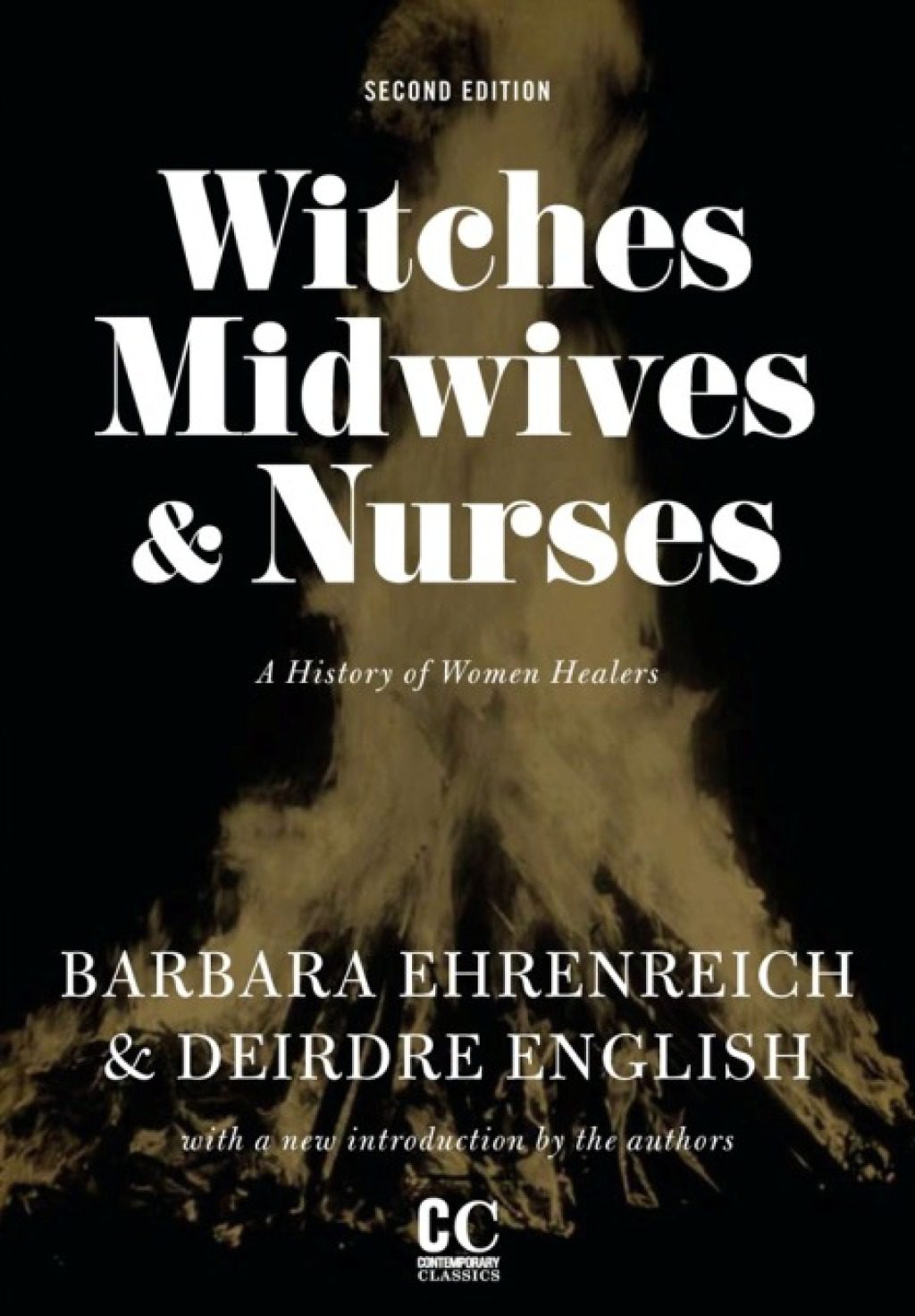John R. Curran9780198152781, 0-19-815278-7
Table of contents :
EEn
……Page 0
Front Cover
……Page 1
Back Cover
……Page 2
Copyright Info
……Page 6
Preface
……Page 8
Acknowledgements……Page 12
TOC
……Page 15
List of Illustrations
……Page 17
List of Abbreviations……Page 19
Part One – Topography
……Page 23
Introduction
……Page 25
1. Public Building and the Topography of Rome in the Third Century……Page 27
2. Soldiers and Civilians……Page 48
3. The Christian Community in Rome……Page 57
Conclusion
……Page 63
Introduction: Rome and the Tetrarchs
……Page 65
1. The Usurpation of Maxentius……Page 72
2. Building Activity in Rome……Page 76
3. Maxentius and the Christians
……Page 85
4. The End
……Page 88
Conclusion
……Page 90
Introduction
……Page 92
1. Constantine and the Centre of Rome: October 312
……Page 93
2. Constantine and the Destruction of the Memory of Maxentius in the Centre of Rome……Page 98
3. Constantine’s Christian Buildings in Rome……Page 112
Conclusion
……Page 136
Introduction
……Page 138
1. Bishop Julius and his Predecessors
……Page 139
2. The Basilica-Mausoleum Complex on the Via Nomentana
……Page 150
3. Liberius and Felix
……Page 151
4. Damasus and Ursinus
……Page 159
5. The Roman Churches of Damasus……Page 164
6. The Epigrammata of Damasus……Page 170
Conclusion
……Page 178
Part Two – Society
……Page 181
1. Working with the Theodosian Code
……Page 183
2. Constantine
……Page 191
3. The House of Constantine……Page 203
4. Julian and Jovian
……Page 216
5. Valentinian and the West
……Page 220
6. Gratian, Velentinian II, and the West
……Page 225
7. Theodosius
……Page 231
Conclusion
……Page 239
Introduction
……Page 240
1. The Festival Calendar
……Page 243
2. The Importance of the Circus Games……Page 252
3. The Iconography of the Circus Maximus in the Fourth Century……Page 258
4. The Pompa Circi and the Christian Emperor
……Page 274
Conclusion
……Page 280
Introduction
……Page 282
1. The Roman Aristocracy Redefined
……Page 283
2. The Context of Senatorial Asceticism
……Page 286
3. Christian Asceticism: Points of Conflict……Page 291
4. Jerome and the ‘Sham’ Christians of Rome……Page 302
5. Melania the Younger, Valerius Pinianus and the Fall of Rome……Page 320
6. Status in an Ascetic Context……Page 333
Conclusion
……Page 341
Towards an understanding of ‘Christianization’ in Rome
……Page 343
Illustrations
……Page 347
Bibliography
……Page 381
Index
……Page 407






Reviews
There are no reviews yet.